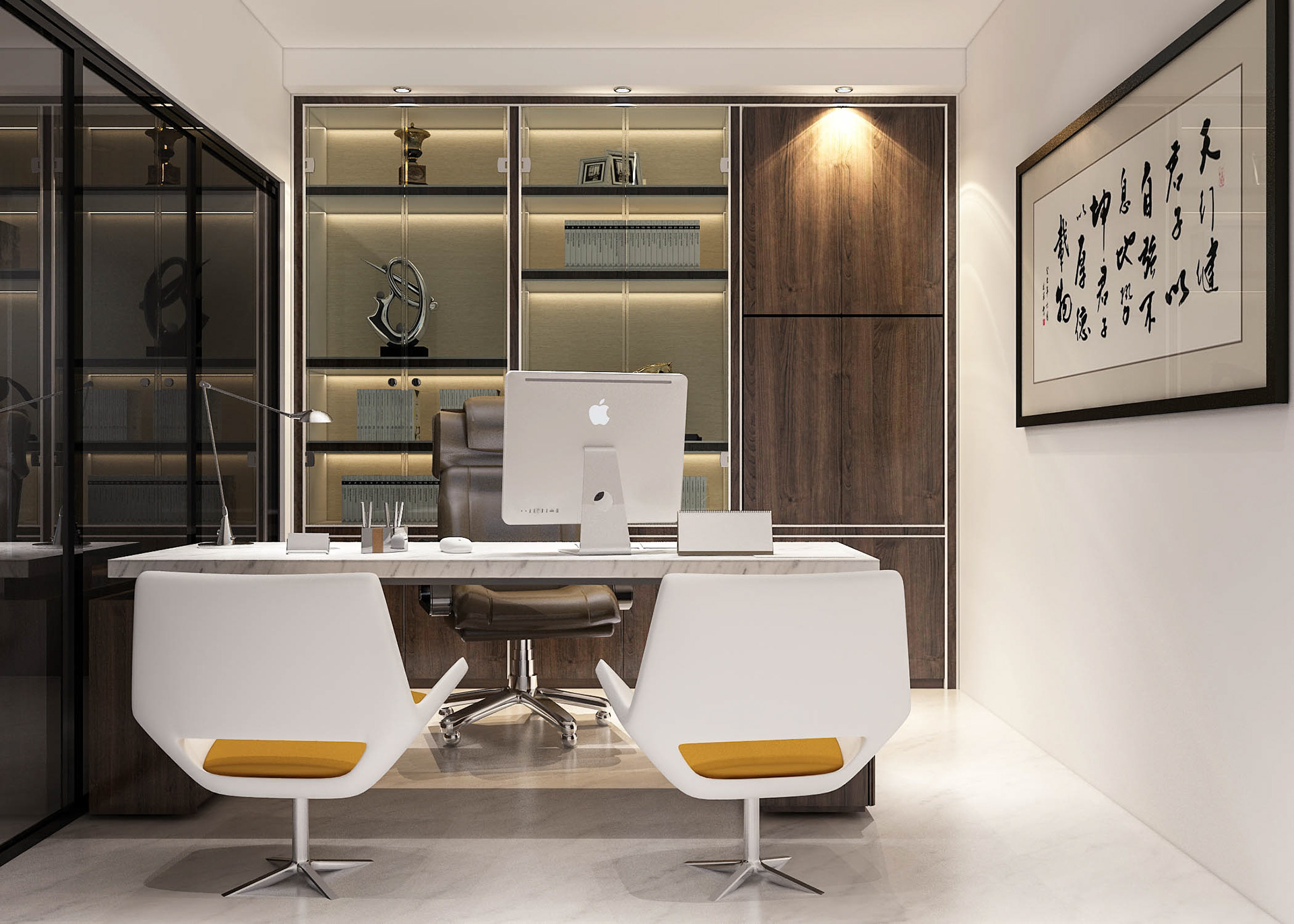
Image Source: Google
In today's fast-paced and ever-changing work environment, flexibility is key. Employers are constantly seeking ways to adapt to the needs of their employees and create dynamic workspaces that foster creativity, collaboration, and productivity. One of the most effective ways to achieve this is through flexible office design solutions. By designing a workspace that can easily be modified and adjusted to meet the evolving needs of the workforce, organizations can create a more engaging and efficient work environment.
The Benefits of Flexible Office Design
1. Increased Collaboration
- Open floor plans and flexible workstations encourage communication and collaboration among employees.
- Spaces that can be easily reconfigured allow for impromptu meetings and brainstorming sessions.
2. Improved Employee Morale
- Providing employees with a variety of work settings allows them to choose an environment that best suits their needs and preferences.
- Flexible office design can help reduce stress and increase overall job satisfaction.
3. Enhanced Productivity
- Employees are more likely to be productive when they have control over their work environment.
- Well-designed workspaces can help minimize distractions and improve focus.
Key Elements of Flexible Office Design
1. Modular Furniture
- Invest in furniture that can be easily rearranged to create different work configurations.
- Consider using mobile furniture such as rolling desks and chairs for added flexibility.
2. Multi-Functional Spaces
- Design spaces that can serve multiple purposes, such as a meeting room that can also be used for individual work.
- Use flexible partitions or movable walls to divide larger spaces as needed.
3. Technology Integration
- Ensure that the office design supports the use of technology, such as providing ample power outlets and access to high-speed internet.
- Consider implementing wireless technology to allow for greater mobility and flexibility in the workspace.
Implementing Flexible Office Design in Your Workplace
Here are some steps you can take to introduce flexible office design solutions in your workplace:
1. Assess Your Current Space
- Take a close look at your existing office layout and identify areas that can be improved or modified.
- Solicit feedback from employees on their workspace preferences and needs.
2. Develop a Plan
- Work with a designer or architect to create a new office layout that incorporates flexible design principles.
- Consider factors such as lighting, acoustics, and ergonomic furniture when drafting your plan.
3. Implement Changes Gradually
- Introduce changes to the workspace in phases to minimize disruption to employees.
- Communicate the reasons for the changes and provide training on how to use the new workspace effectively.
4. Gather Feedback
- Solicit feedback from employees on the new office design and make adjustments as needed.
- Monitor the impact of the changes on collaboration, productivity, and employee morale.
Conclusion
Flexible office design solutions are essential for creating a dynamic workplace that can adapt to the ever-changing needs of the modern workforce. By incorporating elements such as modular furniture, multi-functional spaces, and technology integration, organizations can create a workspace that promotes collaboration, enhances productivity, and improves employee morale. Implementing flexible office design may require careful planning and gradual implementation, but the benefits to both employees and the organization are well worth the effort.